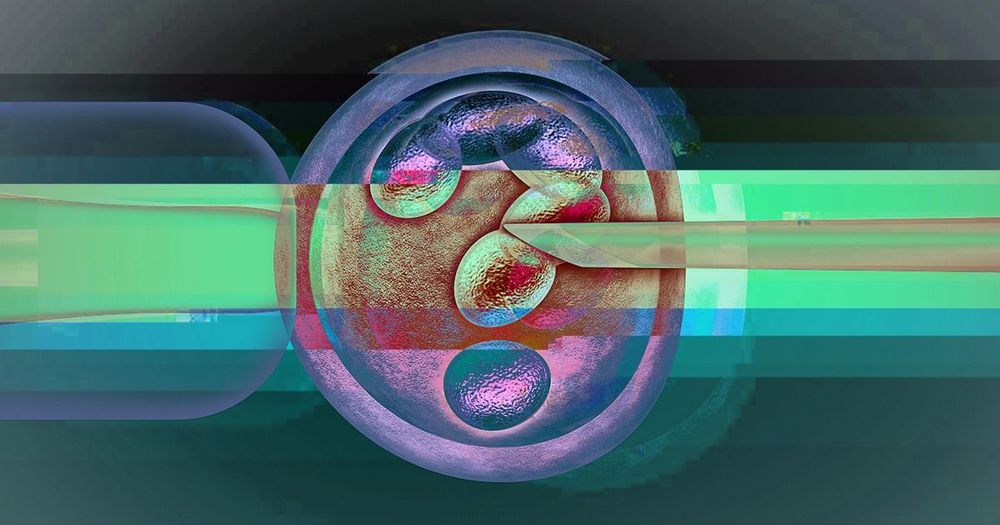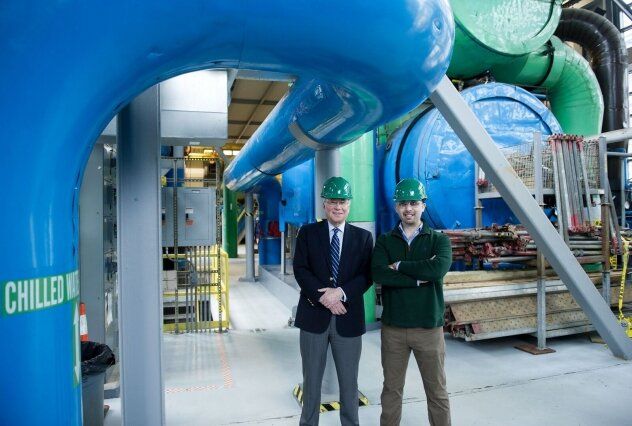Jun 11, 2019
Russian Biologist Pledges to Create More CRISPR-Edited Babies
Posted by Genevieve Klien in category: biotech/medical
“I think I’m crazy enough to do it,” he told Nature.
Rebrikov plans to target CCR5, the same gene as He, which could theoretically make the babies immune to HIV. But experts say the risks and unknowns — including the possibility of premature death — vastly outweigh any potential benefits.
“The technology is not ready,” CRISPR-Cas9 co-inventor Jennifer Doudna told Nature of Rebrikov’s plans. “It is not surprising, but it is very disappointing and unsettling.”
Continue reading “Russian Biologist Pledges to Create More CRISPR-Edited Babies” »
















